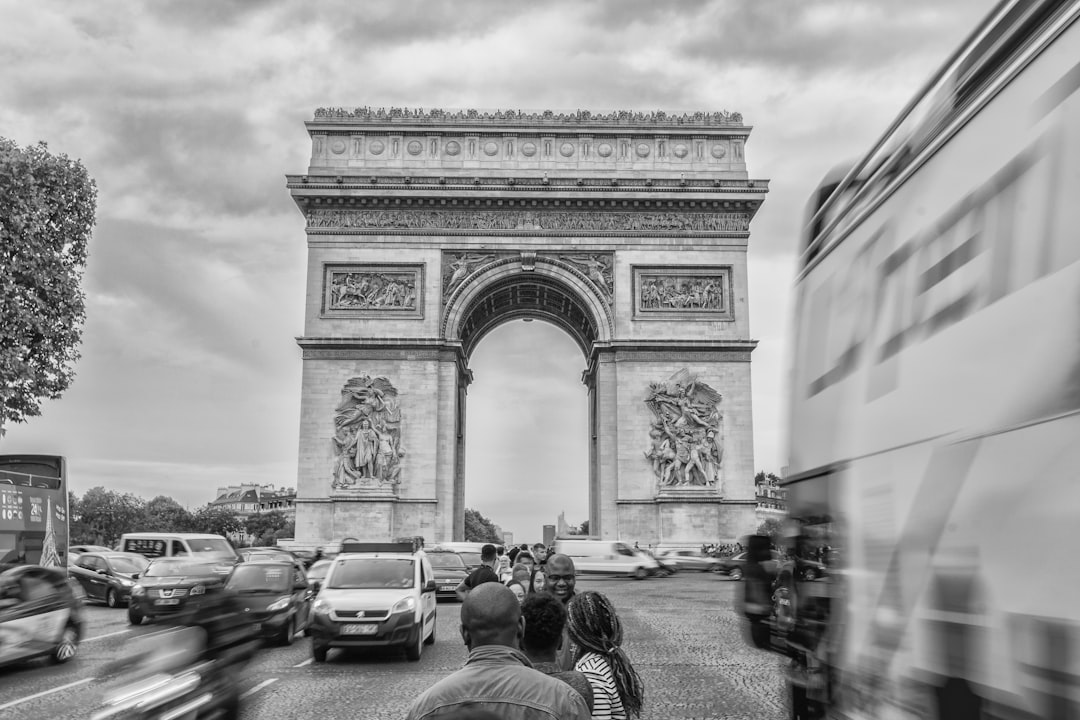What is it about?
What does it mean to be a hijabista or a hijabster? These are terms that increasingly move through mass and social media, but their meanings are not fixed. One broad way they are used is in reference to female Muslims use the hijab or Muslim headscarf in nontraditional ways. However, different people and/or groups use these terms in different ways toward different ends. In this article we map out some of the larger social issues that surround definitions of these terms.
Featured Image
Why is it important?
People use labels to define themselves and others. Such labels are always meaningful; in other words, they come full of assumptions, values, and so on about who people are, what they are worth, how they should be treated. We need to understand the various meanings that circulate about hijabistas and hijabsters--especially when different groups use those labels in different ways. This helps us see the socially and culturally constructed nature of social identities.
Perspectives
The article should help people interested in studying Muslim girl/youth culture to think through young women's connections to peer culture, religion, and other social/authority structures.
J Patrick Williams
Nanyang Technological University
Read the Original
This page is a summary of: Muslim girl culture and social control in Southeast Asia: Exploring the hijabista and hijabster phenomena, Crime Media Culture An International Journal, January 2017, SAGE Publications,
DOI: 10.1177/1741659016687346.
You can read the full text:
Contributors
The following have contributed to this page










